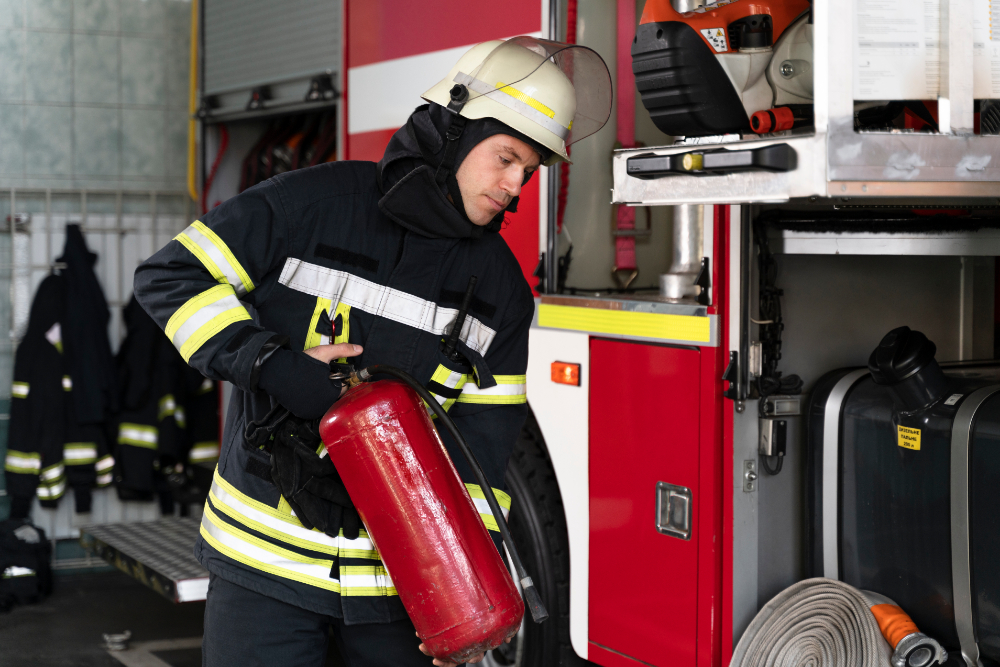Our Fire Safety Services
We offer a comprehensive range of services tailored to meet your fire safety needs:
1. Fire Risk Assessments
2. Fire Safety Training
3. Fire Equipment Installation and Maintenance
4. Emergency Planning and Drills
5. Compliance Audits


